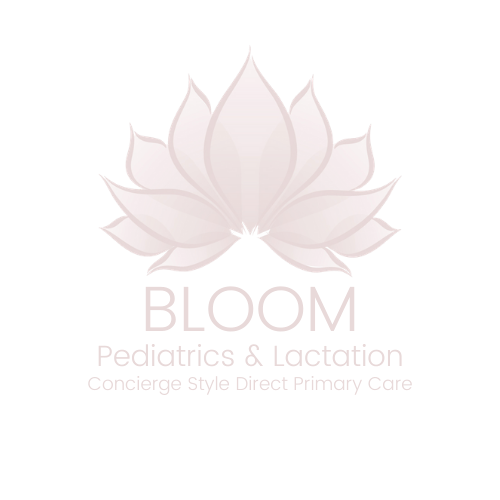What is community milk sharing?
There are two very common dilemmas with breastfeeding parents: extra milk and low milk supply.
One timeless solution for both of these issues has been milk sharing. Shared human milk can optimize infant health and nutrition, while profoundly strengthening social bonds and community resilience. But many parents do not know another breastfeeding parent or do not feel comfortable asking for such intimate help. Moreover, parents want basic assurance that milk from another parent is safe. Their healthcare practitioners want this, too.
•Bloom Community Milk Sharing is an informed choice model of human milk sharing that facilitates donor lab testing, safety education and health screening, and accessibility to local infants, with priority given to those under 3 months of age.
•Donors are screened with bloodwork to evaluate for illnesses that could pass through human milk. If donor’s have had pregnancy labs drawn (which does not include HTLV I/II) within a year of pumped milk, those will also be accepted
•Medications are disclosed and evaluated for safety in human milk utilizing The Infant Risk Center database
•This is a place to donate your milk that you know will be used by infants who need it
•This is a place for parents to get breastmilk for their child in a much safer way
•The breastmilk is age matched as much as possible to provide appropriate nutrients for your child
How does it work?
•It starts with filling out the form below. You may have an over-full freezer, over-supply, under-supply, personal illness or be experiencing tragic loss. Maybe you're waiting for your milk to come in and your baby needs supplementation.
•Dr. Hughes will contact you about your request. Read through all documents that apply to you and sign all consents and waivers.
•If you are a donor, Dr. Hughes will provide you with an order for the lab testing and the donor health screening form. Labs are performed at Labcorp or Quest and are processed through insurance. If you are uninsured but would still like to donate, please choose “uninsured” below. We cover lab costs for all donors.
•If you are a recipient, milk is available on a first-come, first-served basis and infants under 3 months are prioritized. Dr. Hughes does try to age match donor milk to the age of the recipient infant. Supply always depends upon availability - please help by spreading the word!
•In order to cover the costs of labs, time, and materials of maintaining the community milk sharing, there is a charge of $0.75 per ounce to be paid by recipients prior to or at the time of pickup.
•Community milk is NOT pasteurized. You can pasteurize donor milk on your stove-top by following these easy flash-heat pasteurization instructions.



